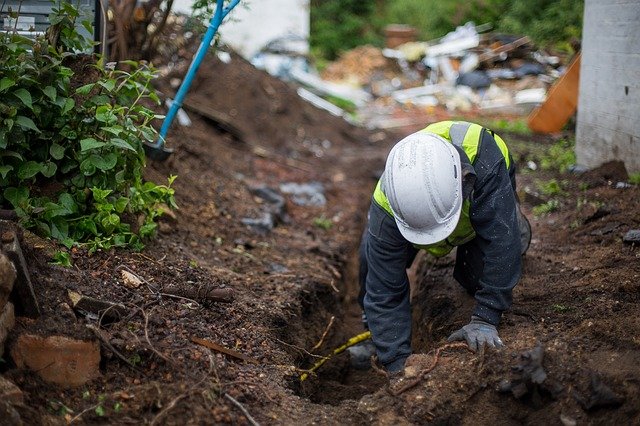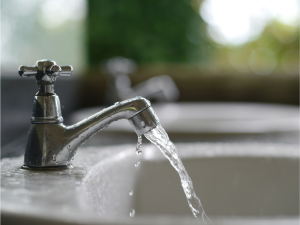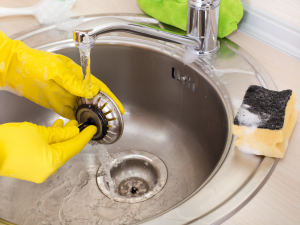If you have experienced a blockage in your plumbing system, you must know how frustrating it can get. From trying to find the cause of the blockage to resolving it, no homeowner wants to deal with plumbing issues.
A sewer cleanout is a vital part of a home’s plumbing system maintenance. While a professional plumber can locate the sewer cleanout with ease, homeowners also need to know how to find the sewer cleanout. You never know when an emergency will hit, necessitating a quick action.
What is a sewer cleanout?
Often unnoticed until there is a problem, a sewer cleanout is a small pipe that is fitted just above the ground on or near your property and connects the lateral sewer line. If a blockage occurs in the pipes, the home will experience a sewage backup. A sewer cleanout enables homeowners to keep the drainage lines clear and able to drain water if a backup occurs.
What is the significance of a sewer cleanout?
Wastewater can cause serious health hazards. And the horrible smell can keep you out of your home till the problem is fixed. A cleanout makes the lateral easier to inspect, clean, and maintain. Also, it is easier to drain excess water if there is a blockage in the plumbing system.
How to find sewer cleanout
As we mentioned, homeowners need to know how to find the sewer cleanout. This is one of the features that a person should enquire about once they move into a new home. However, identifying where the cleanout is located is not difficult. And in most cases, you do not need the help of a professional.
To locate the cleanout:
• Start by examining the likely locations
A cleanout is easily identifiable. It is a 3- to 4-inch pipe that is fitted with a screw cap. You will need to start walking around the property in search of a possible sewer cleanout location. Most cleanout drain locations are close to the bathroom and can be inside or outside the house. However, since homes have varying construction designs, this may not be the case. A sewer cleanout location could be near the basement or the garage area.
• Check the area near the septic tank
If your home has a septic tank, the cleanout drain location could be around or near the septic tank. If you are not sure where the septic tank is located, look for vent pipes that stick out of the ground.
• Check near the main sewer line
If your home connects to the main sewer line, look for the nearest manhole. Check the curb for markings that indicate the position of the sewer line. Once you find it, the plumbing cleanout location is not too far. If your home is located in a warm climate and has a slab foundation, the cleanout is most likely located in the front yard.
• Search under the plants on your property
Homeowners sometimes conceal the cleanout pipe. If you are wondering how to find a buried sewer cleanout, check around the bushes or long grass for a hard plastic cap on top of the cleanout. In some locations, the sewer cleanout may be buried. This can be difficult to find, and you may have to dig in the most likely areas to find it.
• Searching for the cleanout in the home
While most cleanouts are located outside the house, they can be located inside the house to prevent freezing during winter. For instance, the sewer cleanout location could be in the crawl space or basement.
• Get the house plan
Some cleanouts can be difficult to find. Rather than spending days stressing about how to find the sewer cleanout, obtain the house plan if it is accessible to you. Using the house plan is the best way to locate other features and facilities that are documented. If you are using the house plan to identify the sewer cleanout location, look out for the sewer line first. Be careful so as not to confuse the cleanout with other facilities within the sewer line as it can cause costly mistakes.
• Consider the help of professional services
Cleanouts can be difficult to find, especially in old houses where the plans were poorly done. If your efforts to find the cleanout drain location do not yield any results, consider using professional services to speed up the search. Professional plumbers have the expertise and tools to trace, repair and replace all parts of the drainage system.
How can homeowners prevent clogging in the plumbing system?
Until you experience a major clog, you may not understand the vital role of the entire plumbing system. While some clogs cannot be prevented, there are some measures that you can take to prevent your drainage system from clogging.
Use a drain guard on all sinks in the house– Drainage pipes can get blocked if too many food items find their way into the lines. Using a drain guard on each sink prevents this as the larger food particles will be filtered. That being said, do not pour liquids that can clog the pipes into the sink, such as oil.
Clean sinks with hot water frequently– Hot water will not only unclog your pipes but also kill germs. Get into the habit of cleaning the sinks with hot water regularly. The water detaches any food particles on the pipe’s walls before they cause a clog. Routine maintenance- Whether you think your plumbing system is operating optimally or not, scheduling routine maintenance is the best trick to avoid major clogs and other malfunctions. Routine maintenance checks are also a great way to save money in the long run and have the system in the best condition at all times.








